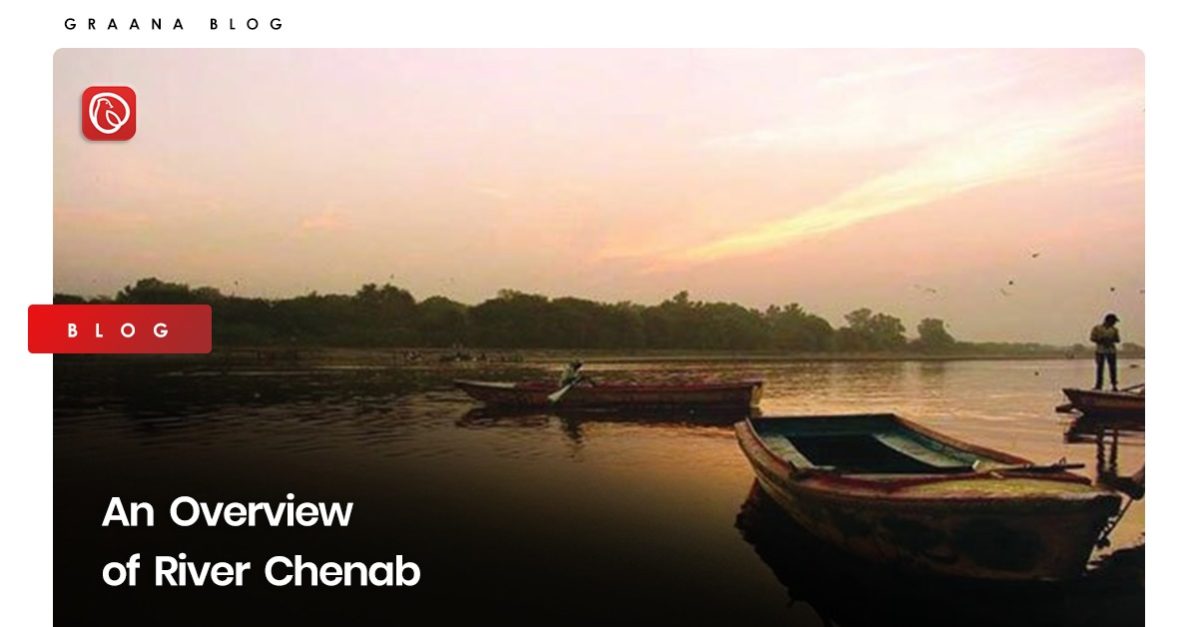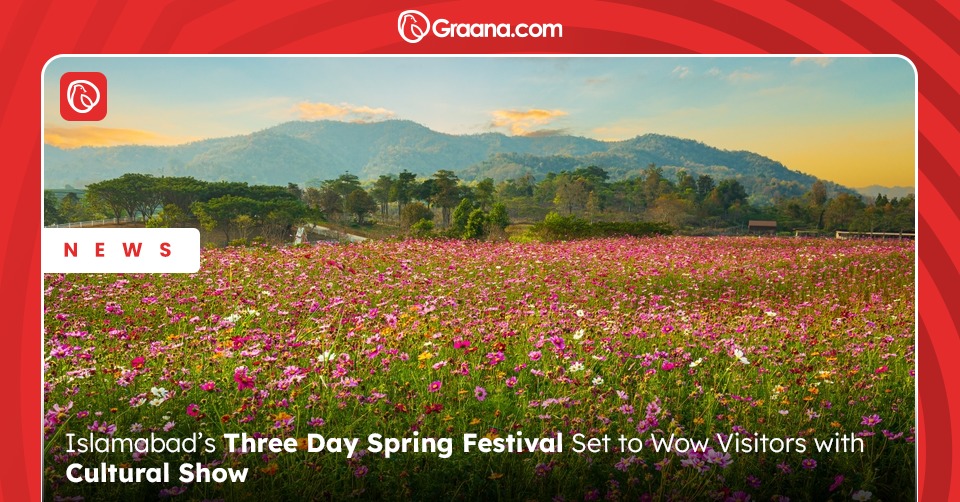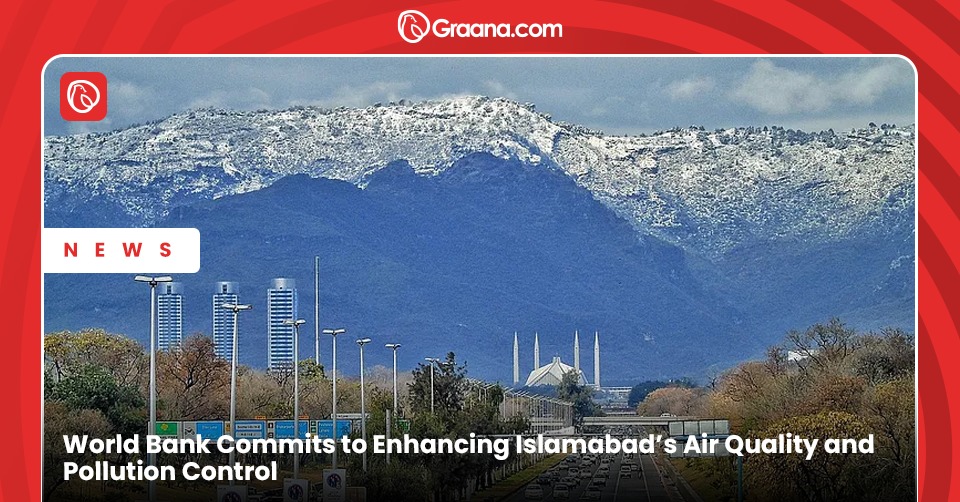The River Chenab is a significant river in South Asia, with a total length of approximately 960 kilometers. It is an essential source of water for irrigation, hydroelectric power generation, and transportation for the region.
In this blog, Graana.com provides an overview of the River Chenab, including its history, geography, ecology, and economic significance.
History of River Chenab
The River Chenab has played a significant role in the history of the Indian subcontinent. In ancient times, the river was known as the Asikni and was mentioned in the Rigveda, one of the oldest sacred texts of Hinduism.
It was also mentioned in the famous epic poem, the Mahabharata. In more recent times, the river was a vital transport route for the British colonial authorities, who used it to transport goods and people between India and Pakistan.
Geography of the River Chenab
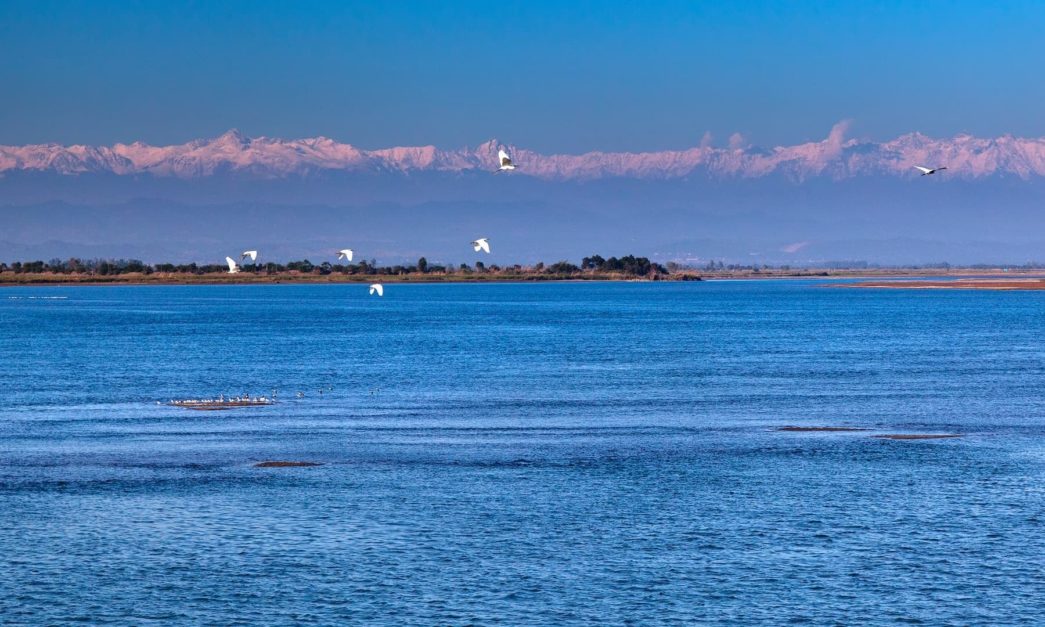
The River Chenab is one of the five rivers that make up the Punjab region of South Asia. It originates in the Himalayas in the Indian state of Himachal Pradesh, and flows westward through the Jammu and Kashmir region before entering Pakistan. Here are some of its key features:
Source
The Chenab River is formed by two main tributaries, the Chandra and Bhaga rivers, which meet in the Himalayan region of Himachal Pradesh. Both of these are glacier-fed and originate in the high-altitude regions of the Himalayas.
Course
From its source, the River Chenab flows westward through the Indian-administered region of Jammu and Kashmir, passing through the districts of Kishtwar, Doda, and Ramban.
It then enters Pakistan’s Punjab province and flows through the districts of Gujarat, Jhang, and Multan before joining the Sutlej River near the town of Uch Sharif in Punjab.
Tributaries
The River Chenab is joined by several tributaries along its course. The most significant of these are the Jhelum and Ravi rivers, both of which are also part of the five rivers of Punjab.
Waterfall
One of the most notable features of the River Chenab is the Bhaderwah Waterfall, located near the town of Bhaderwah in the Doda district of Jammu and Kashmir.
The waterfall is a popular tourist attraction and also holds religious significance for Hindus, who believe that this is the site where Lord Shiva appeared in the form of a lingam.
Delta
The River Chenab empties into the Arabian Sea via the Indus River Delta, one of the largest river deltas in the world.
It is located in the southern part of Pakistan’s Sindh province and covers an area of around 41,440 square kilometres. It is a crucial habitat for various species of flora and fauna, including the Indus River Dolphin.
Ecology of the River Chenab
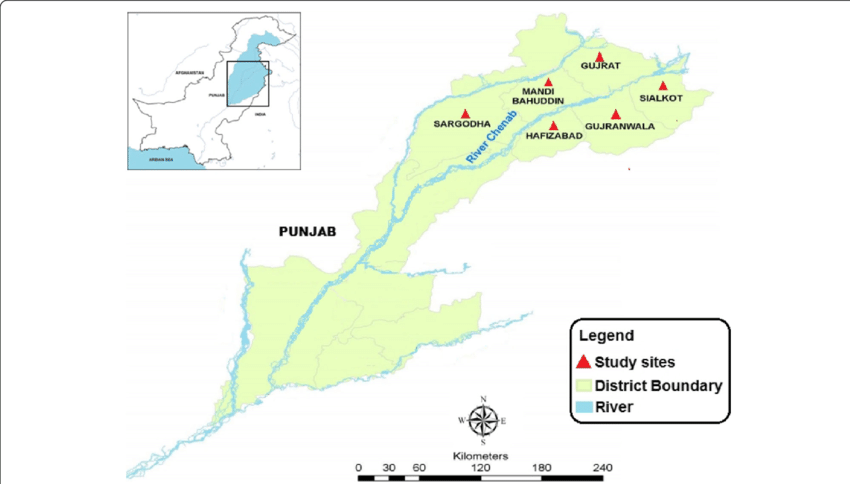
The River Chenab and its surrounding ecosystem support many plant and animal species. It is also essential for sustaining the livelihoods of local communities. Here are some key features of the river’s ecology:
Aquatic Species
The River Chenab supports marine species, including mahseer, trout, and catfish.
Birds
The river and its surrounding ecosystem serve as a critical habitat for a range of bird species, which include the Indian skimmer, river tern, white-bellied sea eagle, and black-necked stork.
These birds play a crucial role in the river’s ecology, as they help control insect populations and pollinate plants.
Mammals
The ecosystem is also home to several mammal species, including the Himalayan black bear, common leopard, and wild boar.
Vegetation
The surrounding ecosystem is characterised by diverse vegetation, including grasslands, forests, and wetlands. These are home to a range of species and also help regulate the river’s water quality.
Economic Significance of the River Chenab

The river is a critical resource for the region’s economy, providing water for agriculture, energy generation, and transportation.
Agriculture
The River Chenab and its surrounding ecosystem support extensive agriculture, providing water for crops like wheat, rice, and sugarcane. The river’s waters are also used for irrigation, and the fertile soil along the riverbanks supports the growth of a range of crops.
Energy Generation
It has enormous potential for hydropower generation, and several hydroelectric power plants have been constructed along its course. These provide electricity to local communities and help meet the region’s energy needs.
Transportation
The River Chenab is also used for transportation, with large cargo boats carrying goods like wheat, rice, and textiles between the cities of Multan and Gujranwala. This plays a crucial role in the region’s economy, facilitating trade and commerce.
Fishing
Fishing is an essential economic activity in the region, and the river serves as a large source of fish for local communities.
Tourism
The area is also a popular tourist destination, with visitors attracted to the region’s natural beauty, water sports, and religious sites.
Challenges Facing the Chenab River
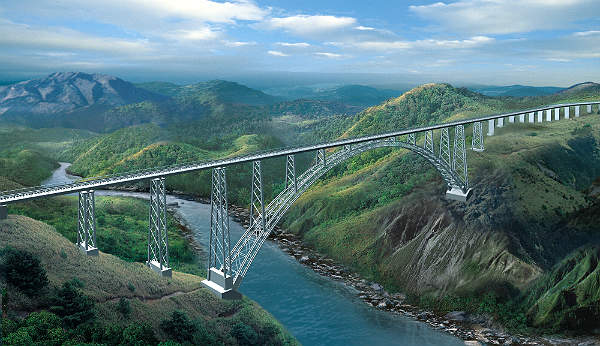
The River Chenab faces several issues that threaten its ecological health, economic significance, and the livelihoods of local communities.
Pollution
Pollution is a significant threat, with industrial and agricultural runoff contaminating the water. Water pollution has a severe impact on the river’s fish population, and it can also have harmful effects on human health.
Overfishing
Overfishing is another major challenge facing the Chenab River. Unregulated fishing practices have led to a decline in the fish population, which has had a severe impact on the livelihoods of local communities.
Habitat Destruction
The construction of dams and barrages has led to the loss of critical habitat for aquatic life in the River Chenab. Deforestation and land use changes along the river’s course have also had a similar devastating impact.
Climate Change
The rising temperatures and changing rainfall patterns have also affected the river’s flow and water quality. Climate change also exacerbates existing challenges, such as pollution and habitat destruction.
Lack of Regulations
A lack of enforcement of existing regulations and inadequate monitoring of pollution and fishing practices have led to unsustainable practices that harm the river’s ecology and the livelihoods of local communities.
Inadequate Infrastructure
The lack of adequate infrastructure, including wastewater treatment plants and storage reservoirs, exacerbates existing challenges, such as pollution and water scarcity, and impedes the river’s sustainable development.
Management and Conservation Efforts
Efforts are underway to address the challenges facing the River Chenab. The Indian and Pakistani governments have engaged in various dialogues to discuss the management of shared water resources, including this river. In 2018, both countries signed a historic agreement to address the issue of cross-border water sharing.
This could potentially benefit the River Chenab. Moreover, various NGOs, such as the World Wide Fund for Nature (WWF), are actively working to conserve the river’s natural resources. Thus, improving the livelihoods of local communities.
Several regulations have limited fishing activities and protected the river’s fish population from addressing overfishing concerns. The WWF and other NGOs are also promoting sustainable fishing practices, such as catch-and-release.
Several organizations have undertaken initiatives to address the impact of hydroelectric power projects on the river’s ecology. The Pakistani government recently set up a task force to assess the environmental impact of existing and proposed projects.
The task force has recommended the establishment of a basin management plan to address environmental concerns and promote sustainable water use.
For more related information, visit Graana.com.
